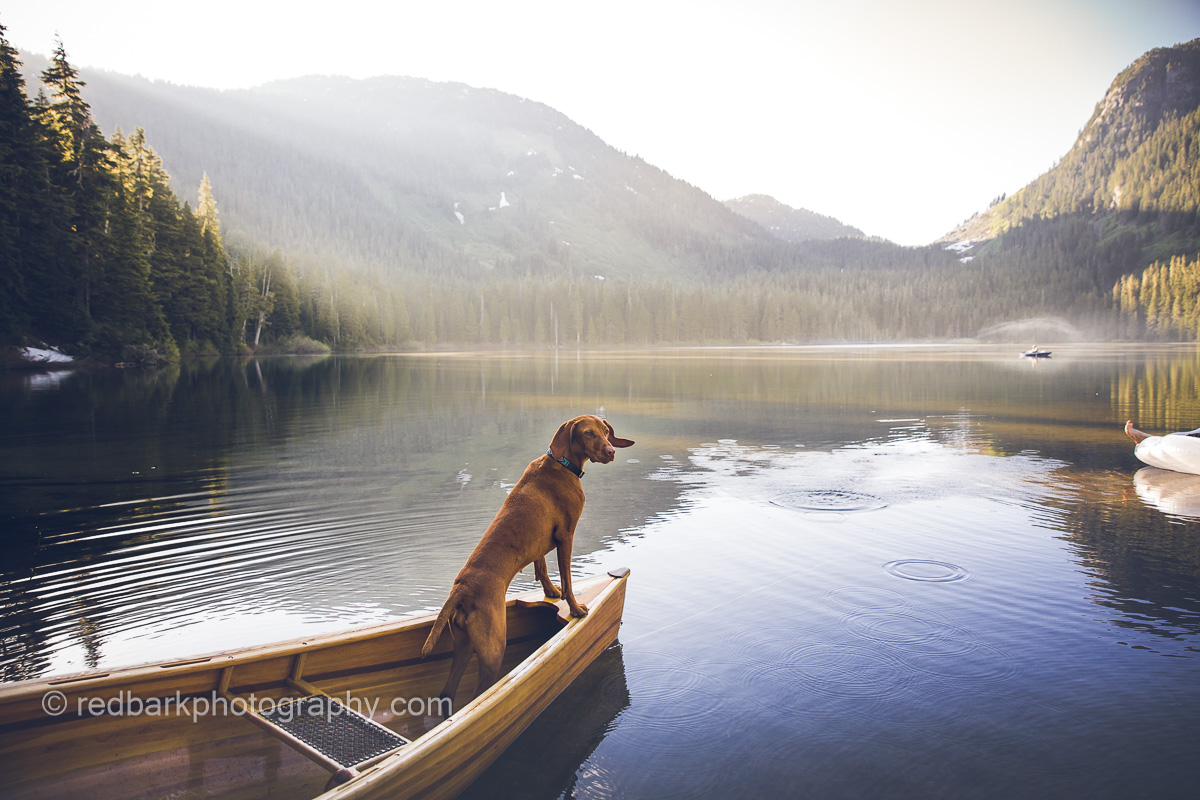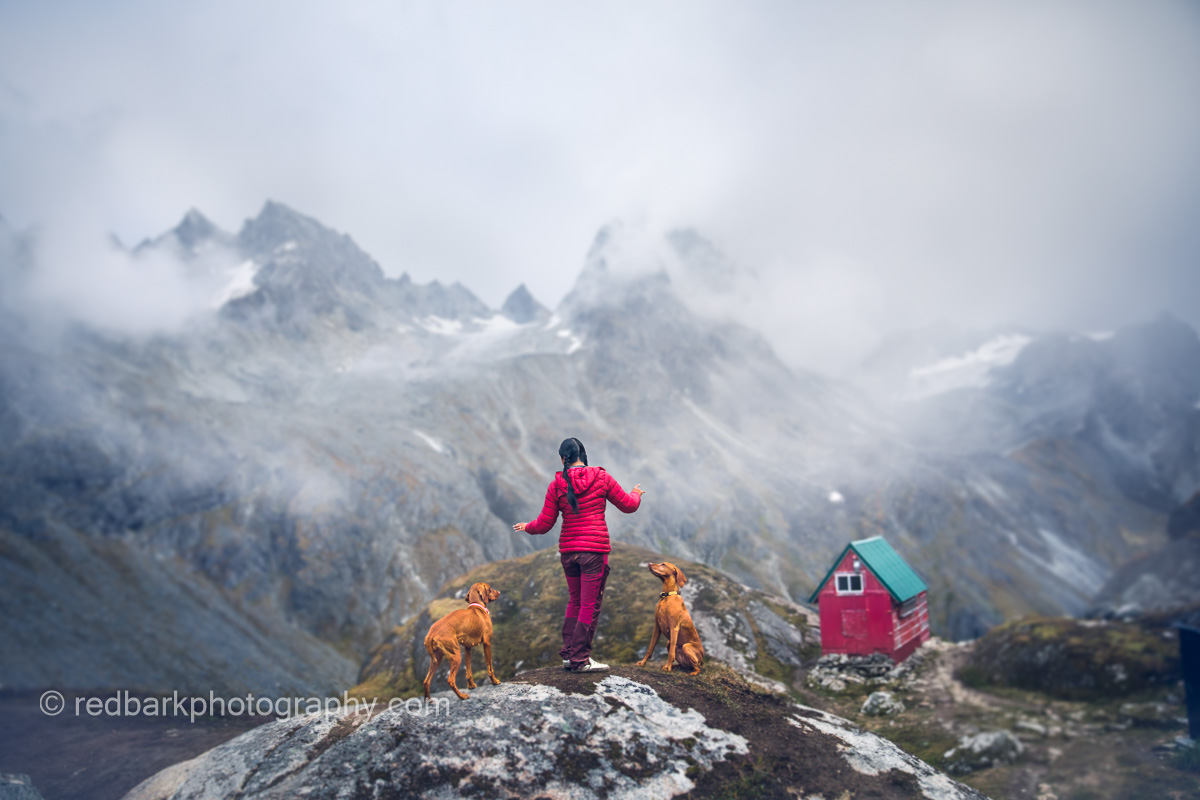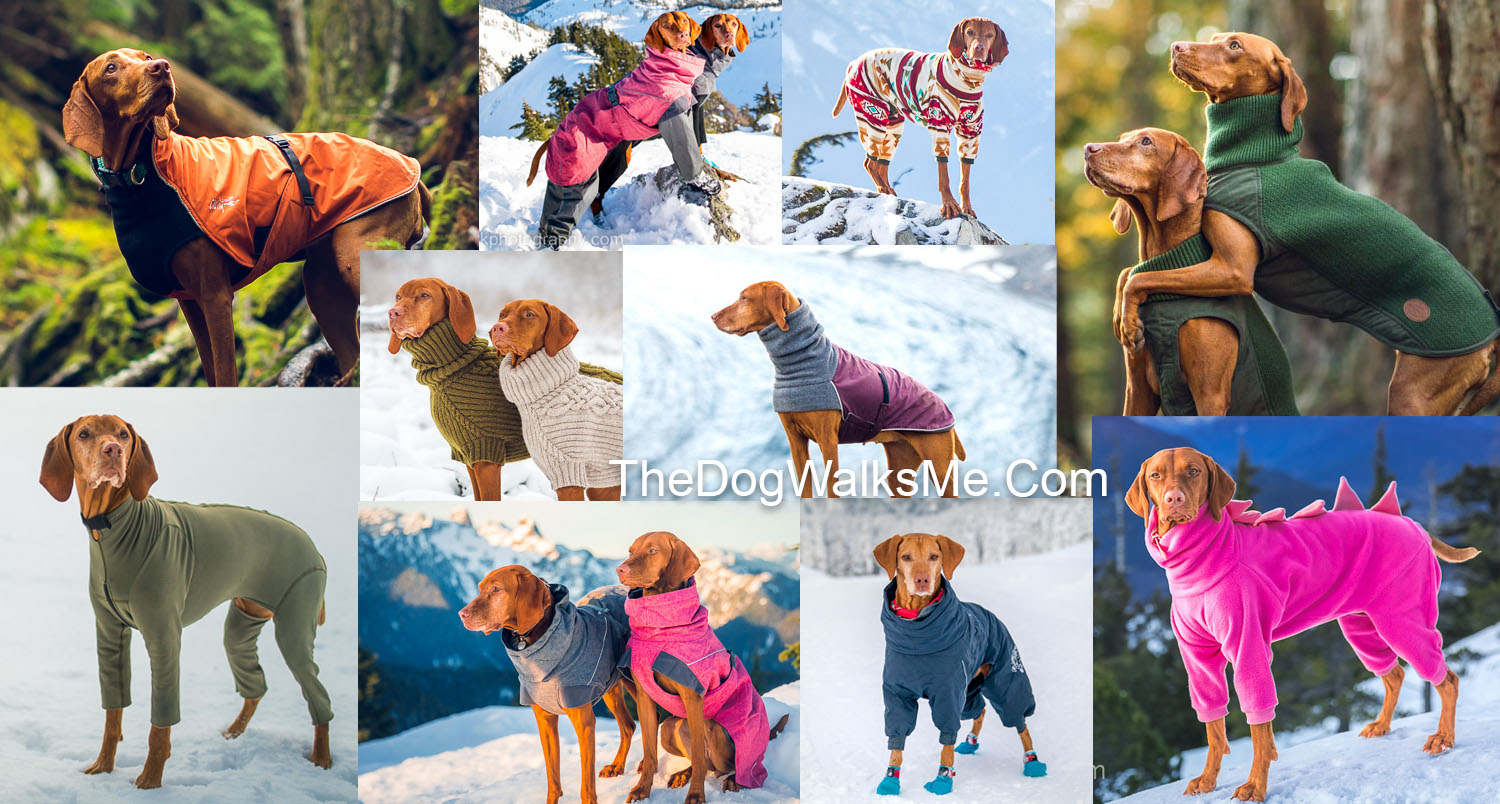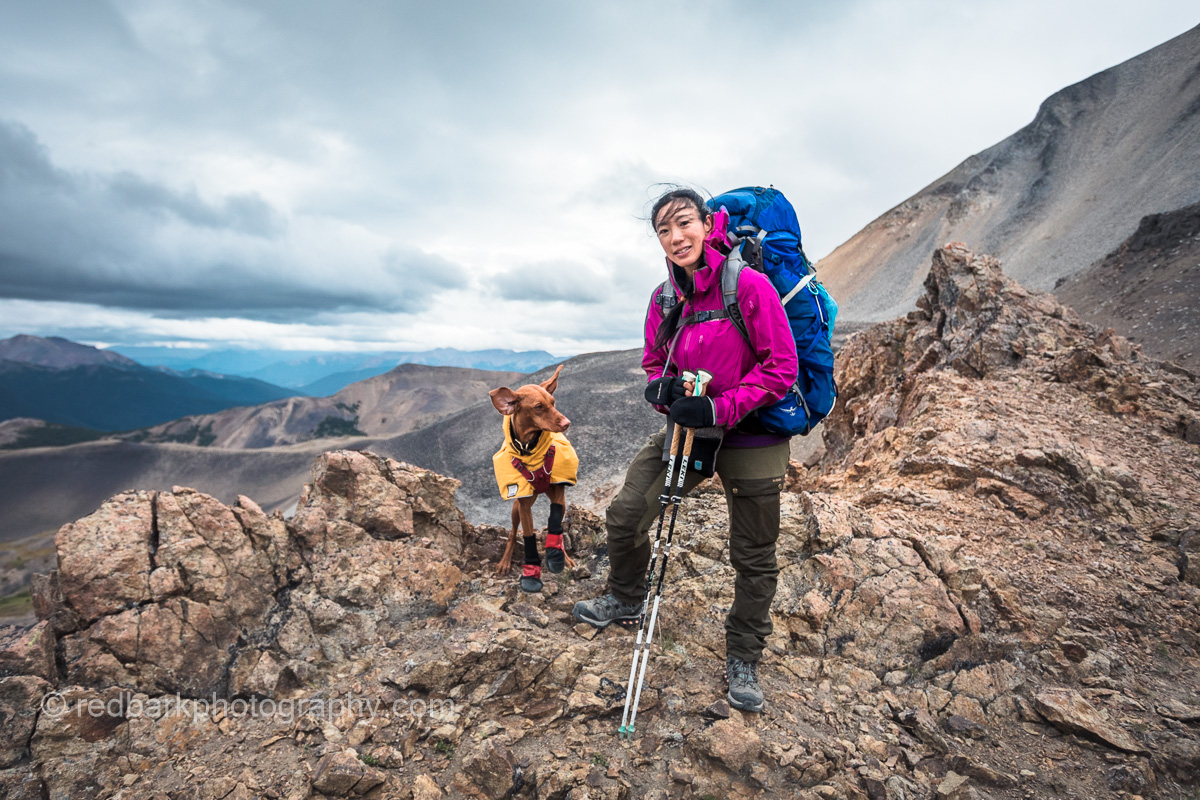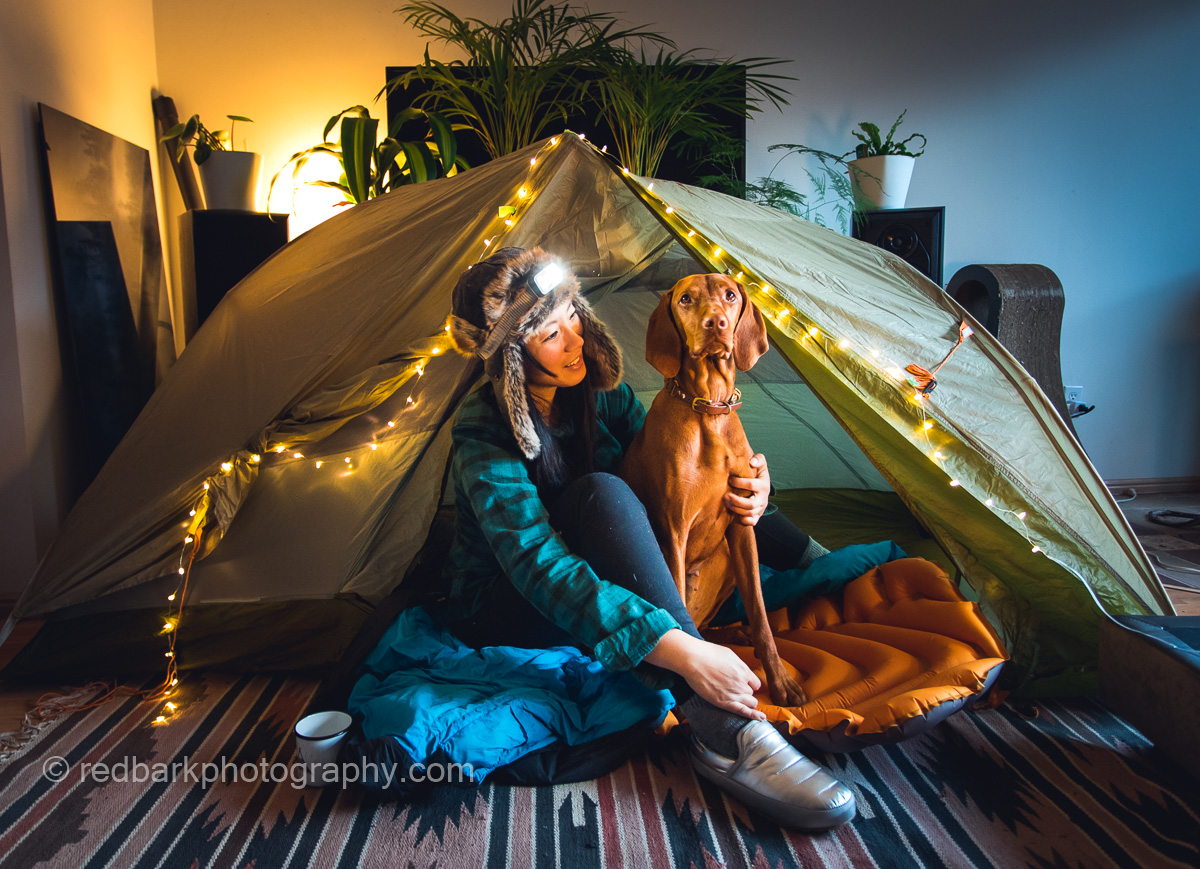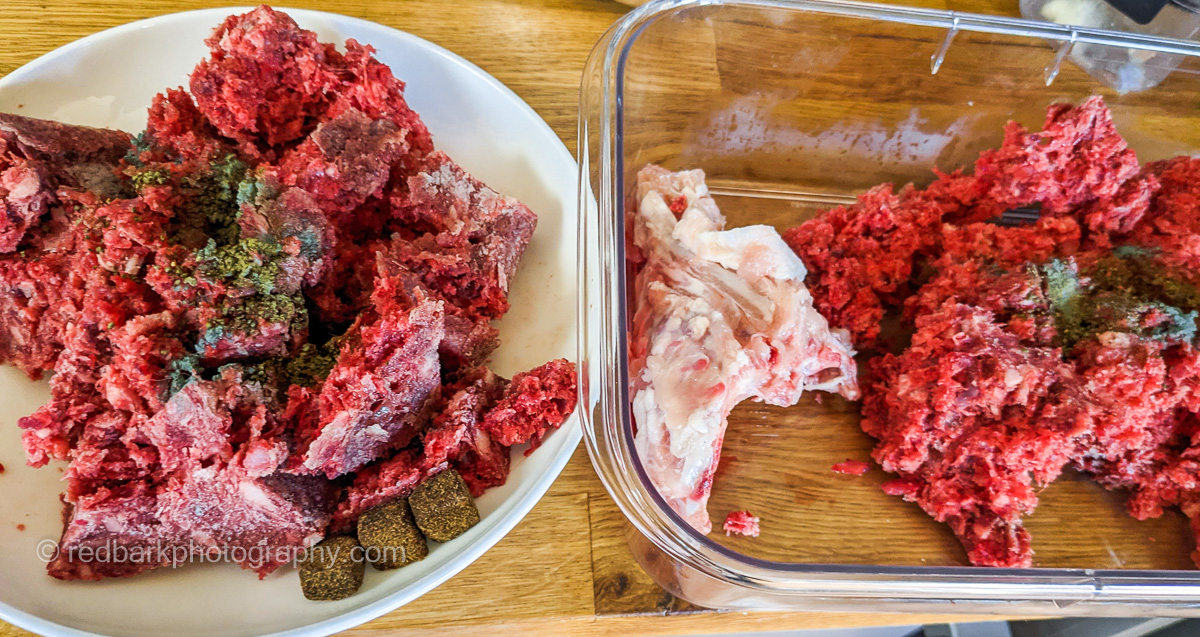The Sea to Sky Highway linking Vancouver to Whistler and Pemberton is one of the most beautiful drives in the world. Weekend warriors load up every Friday evening and fill up the parking lots to every easily accessible lake, trail, and park along the road. Here’s a guide to the Lakes and beaches of the Howe Sound along the highway, and places I like to take a kayak, paddleboard, or canoe with my two Vizsla dogs Whiskey and Bourbon.
Many of these places do fill up quickly on weekends and parking is not allowed on the highway so I would suggest weekdays or very early weekends to get a parking spot! The guide moves from Vancouver to Pemberton and is location based. Check the tides for anything in Howe Sound and wear a life jacket! In case you’re a dog owner, here’s a blog on how to get started paddling with your dog.
🚗 Car Access
🚶♂️ Walk to Access
💪Hike to Access
🚽 Toilets
🗑️ Garbage Bins
🛑Difficult Parking
🚫No Dogs

Vancouver-Squamish
Whytecliff Park 🚶♂️🚽 🗑️ – The access is down a set of stairs and a rocky beach. Check the tides before you go! There are seals, periodic whales, and an islet (island sometimes connected) to paddle around. Sunset is gorgeous. This is also a common diving spot so watch for divers! Bathrooms and a small food concession is on site as well as a small trail, green grassy space.

Kelvin Grove Beach 🚶♂️🗑️- Lions Bay Beach Park may be preferable for those without dogs, but Kelvin Grove Beach is Dog Friendly. There is paid parking, and the access is down a short trail to a small set of rocks with logs. Depending on the tide you will have more or less beach to launch from with your dogs. No bathrooms.
Porteau Cove 🚗🚽 🗑️ -A much larger beach and area to launch from. There is a campground connected to the beach as well as a large dock. Bathrooms are available and there’s lots of places to launch especially when the tide is low. Very quick and easy access from the car to beach.
Furry Creek Beach 🚶♂️🚽🗑️- There is less parking and a bit more walking involved than Poteau Cove to the beach access at Furry Creek Beach, however because of this the area is a bit more quiet. There is very little beach on high tide so be aware!

Squamish-Whistler
Mamquam Beach 🚶♂️-in Squamish is currently under a series of construction so it’s hard to tell how access is lately. Right now there’s a decent walk to the beach from easy parking downtown Squamish but the beach has the best view of the Chief especially during sunset.

Spit Road 🚶♂️- in Squamish has lots of options to park and launch a boat, however be warned that the river can move quickly and you’ll likely be hiking your way back up the road when you’re done. Have knowledge of river paddling, the waterflow, and tides before putting into the Squamish River (especially if you’re going to drop in further upstream).

Alice Lake 💪🚽 🗑️ – Alice Lake Provincial park has 4 lakes. The easiest accessible lake for paddling is Alice Lake itself but it’s not dog friendly (even the trails around the lake prohibit dogs). Stump Lake is the easiest accessible lake for paddling with dogs and is quite quiet for boats and swimming even on a busy day.
Cat Lake 🚶♂️🚽🗑️ – Cat Lake a small lake with loads of docks. It’s great to practice paddling as it’s so small with so many access points and lots of parking. Even so, on weekends the campground fills out and it can get extremely busy. An AWD is advised as the road can get rough and in winter it can be impassible. Boat access is a short walk down a wide trail to the main dock. There are pit toilets at parking and lots of garbage bins.

Brohm Lake 💪🚽- Brohm lake has very limited parking, especially in the summer weekends. There can be a lineup of cars waiting to get in further up the highway. It’s a long narrow lake and water access isn’t the easiest. If you take the trail going south from the parking lot, you get to the lake quicker but you’re launching from rocks. There’s also water access if you walk up north but you’ll be hiking up and down big rocks. The area is beautiful and there are pit toilets up the North trail from the parking lot but no garbage bins currently (please take your garbage out!).

Levette Lake 🚶♂️🚽🗑️- A beautiful lake up a FSR (Forest Service Road). You will need AWD on your car in order to get up the road and there’s limited parking. The water access is a short walk from the parking, which has garbage bins and pit toilets. There is very little “beach” to launch from and the area can get very busy on weekends. This may not be accessible in the winter and there are cougars and bears in the area.

Hut Lake 💪🛑- 4.5km hike down a wider easy trail from Levette Lake. You can drive further up the road shortening this hike if you have a 4wd and if you have a monster truck you can drive the entire way to the lake HOWEVER I have seen several trucks attempt this and be stuck and it is not an easy location for someone to come pull you out! A much quieter lake because of the hiking access but with no toilets, bins, and extra cougars and bears.
Starvation Lake 💪- Either 2.6km from the highway or 3.5km from Paradise Valley Road (AWD advisable). An easy walk down a trail to the lake provides a lovely paddle on a nice summer day. There is limited parking on the Highway and you’ll have to walk along the highway for a small stretch before the trail starts down. Paradise Valley can get busy with campers and cars as well.

Lucille Lake 💪- Halfway to Whistler sits Lucille Lake. Again, busy on weekend especially with locals, there is a limited parking on the FSR over Chance Creek Bridge. There are two launch points that involve a short walk in. The further beach has a nice sandy beach, great to lounge or launch from. There’s also a huge questionable bike ramp on one side of the lake. With no toilets or bins, keep your dogs really close and don’t wander too far into the woods.

Daisy Lake 💪🛑- A large lake on the way to Whistler but this one is NOT easily accessible. It’s also closed to organized recreational activity and BC Hydro has it damned so the water level changes radically.
Callaghan Lake 🚗🚽- Callaghan Lake needs AWD access up a longer road filled with waterbars off the Sea to Sky Hwy. Launch access couldn’t be easier as you can drive right up to the lake to drop off a boat. The lake is large and surrounded by mountains. There are campsites, pit toilet but no bins.

Madeley Lake 💪- Access by an easy walk off the FSR that leads to this lake. AWD accessible the last I checked (perhaps 4WD now) and less visited and paddled lake. Small beach access with wild camping, no toilets or bins.

Whistler-Pemberton
Alpha Lake 🚶♂️🚽🗑️- A smaller lake with a dog friendly area, Alpha lake has lots to see and like most of the other lakes can get busy on summer weekends. Being a smaller lake in an exclusive neighborhood, parking can be more difficult but there are so many lakes to choose from in this location.
Nita Lake 🚶♂️🗑️ 🛑- A smaller lake that doesn’t have the easiest parking access. I Haven’t paddled this lake but there is a trail around most of the lake with access to drop a boat in.
Alta Lake- 🚗🚽🗑️ With a dog-friendly beach, this is another beach I occasionally visit. The rainbow Park area has bathrooms, parking, and bins as well as a swimming area and dock. There are beautiful views of Whistler from the lake as well as lots of docks and big houses to check out.
Green Lake- 🚗🚽🗑️ My favorite lake to paddle in Whistler. Green lake has easy access from many different trail and neighborhood parking along the lake. There’s also high end restaurants, chalets, and a gold course right by. Watch the seaplanes take off right in front of you (and please get out of the way!) and paddle around the gigantic mineral rich green lake.

Whistler River– Golden Dreams Route- Paddle from Alta lake to Green Lake on this slow moving 5km route. You’ll see geese, maybe some bear, and lots of beautiful scenery. Aim for early summer as late summer the water can be low and you might need to portage a section. Check the water level before heading out as there’s a tricky section that might have you in the water. There are also tours you can take!
Lost Lake– 🚶♂️🚽 🗑️ A lovely little lake with an easy beach to spend a summer day. Dogs are not permitted on the beach however but they’re welcome at “Canine Cove” 400m to the north.

Pemberton and further
One Mile Lake 🚗🚽 🗑️ – A lovely small lake with easy parking and beach access. The dock is easy to launch from and although the beach doesn’t allow dogs, no one has complained as we launched a boat with dogs from the dock. This is a lovely place to paddle for sunset and has lots of trails to hike when you’re done paddling.

Lillooet Lake 🚶♂️🚽🗑️- The largest lake on this page by far! There are many access points along the In-shuck-ch FSR the easiest being Strawberry Point site with pit toilets, bins, and campgrounds. Access is down a dirt path to a rocky beach that stretches for a very very very long time. Because the lake is larger, pay attention to winds, however you can paddle here all day and still have loads to discover.

Lower Joffre Lake 🚶♂️🚽🗑️🛑🚫- One of the most beautiful turquoise lakes, this park is now NOT dog friendly and also needs a day-pass. There is no reception at the lake so the pass must be garnered before heading up to the lakes and it is almost always packed. The lower lake is a short walk in and there is a small area to launch from. Pitt toilets and bins are available but sometimes both can be full.

Duffey Lake- 🚗🛑 There is very little access to Duffey Lake but the area isn’t usually too busy. There are some places to pull over on the Duffey Lake Rd, or a viewpoint area on the East side with parking for several cars. The lake is huge and turquoise and surrounded by mountains. No bins or toilets, nor beach though!
Seton Lake- 🚗🚽🗑️ Another absolutely gorgeous lake with limited parking access in the summer. If you’re feeling adventurous with a good car, you can drive around the lake and find quieter places to launch from or just to take photos.

Birkenhead Lake 🚗🚽🗑️- Another provincial park with camping sites, toilets, and bins. The road is a bit rough but most cars can make it just fine, and I’m pretty sure there’s no reception. The area is beautiful with mountain backdrops and a beautiful lake. Perfect for swimming, there is a beach to launch from and it’s very easy to find a quiet spot to yourself on the lake
Support my blog! Check out my little shop
